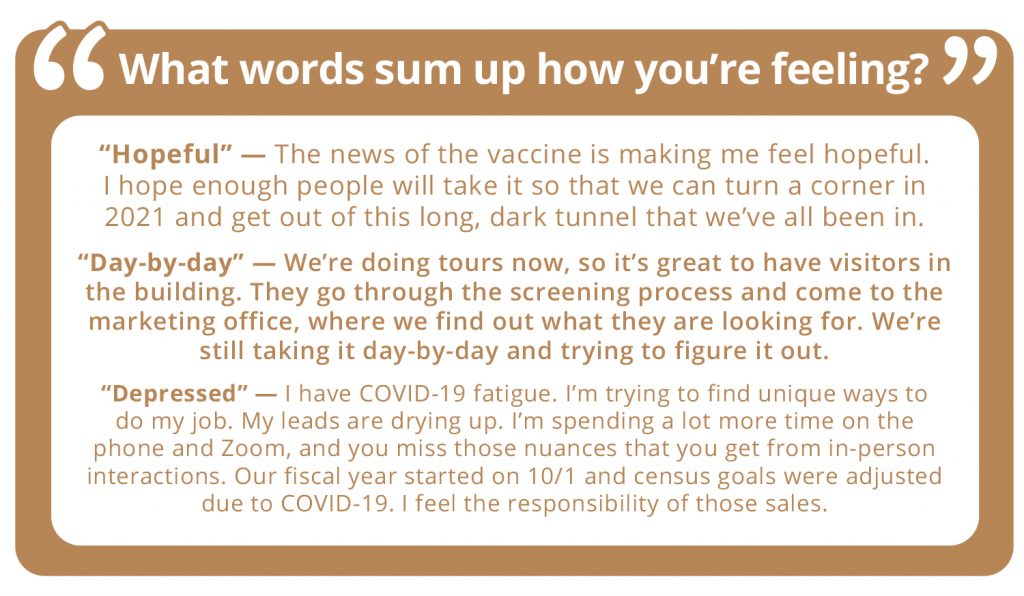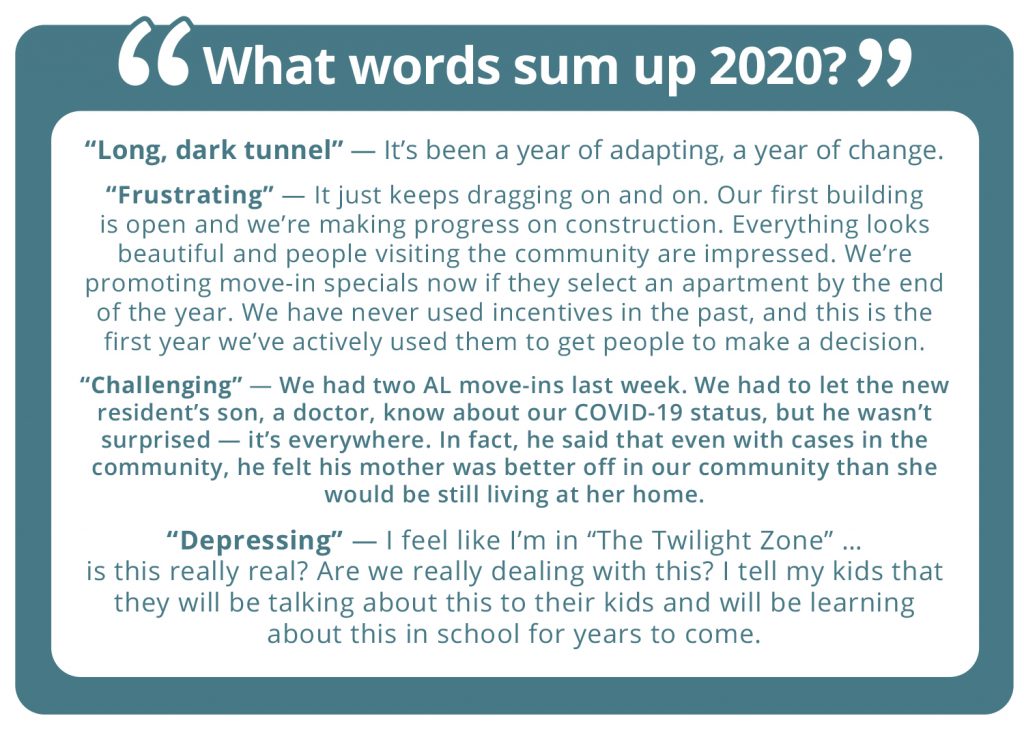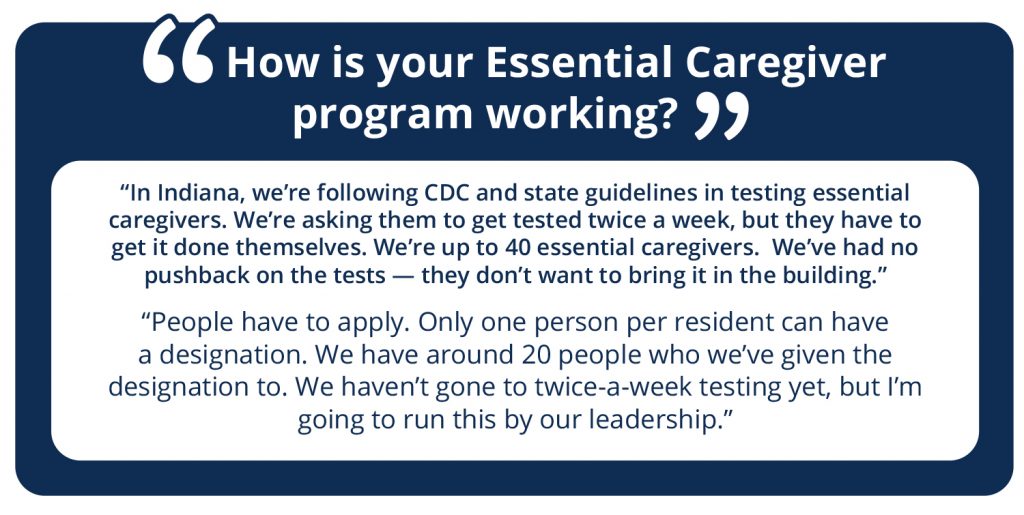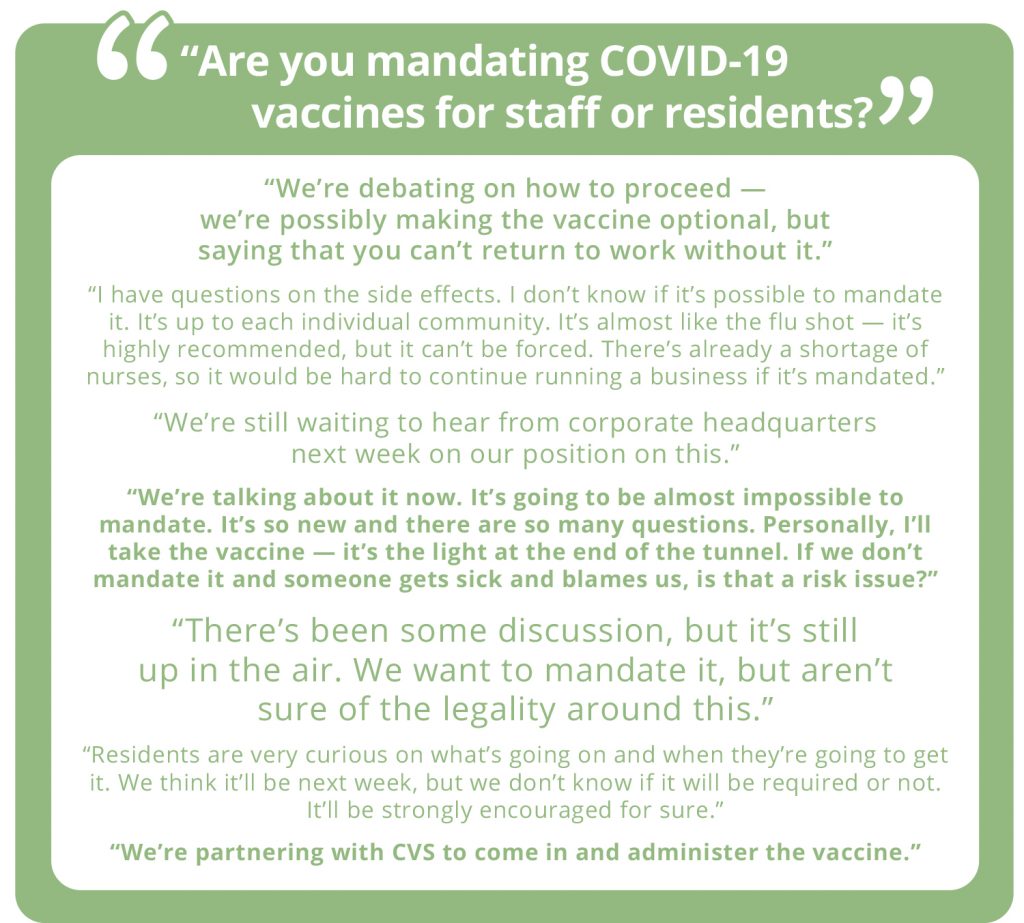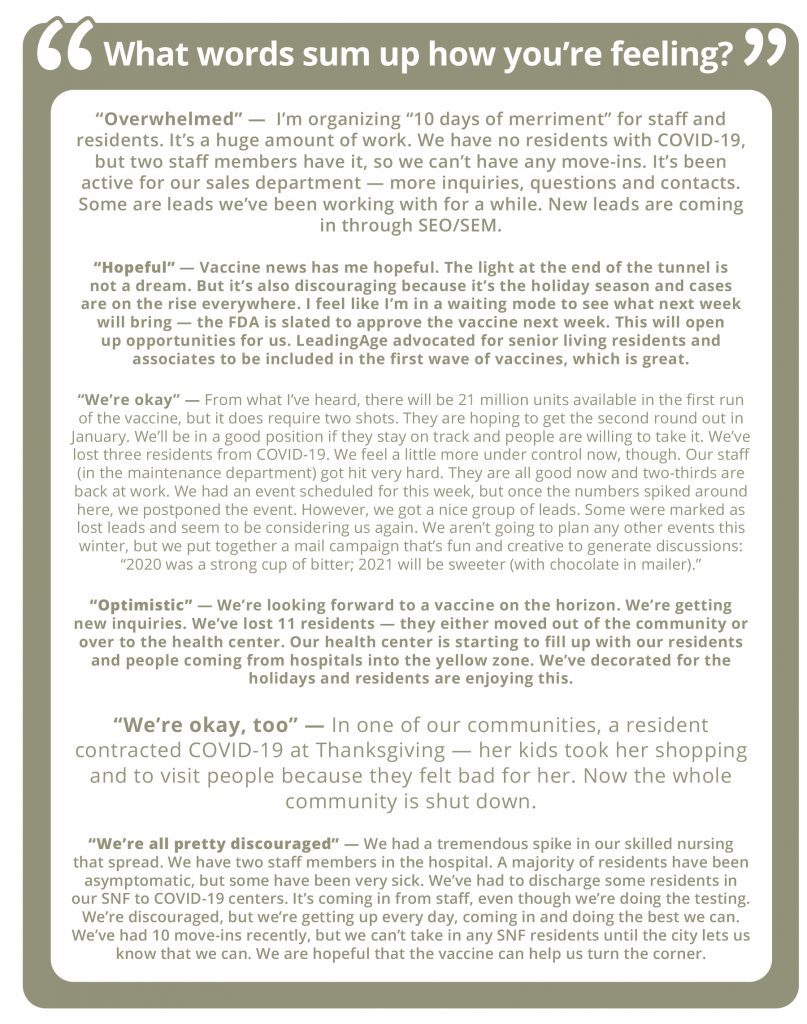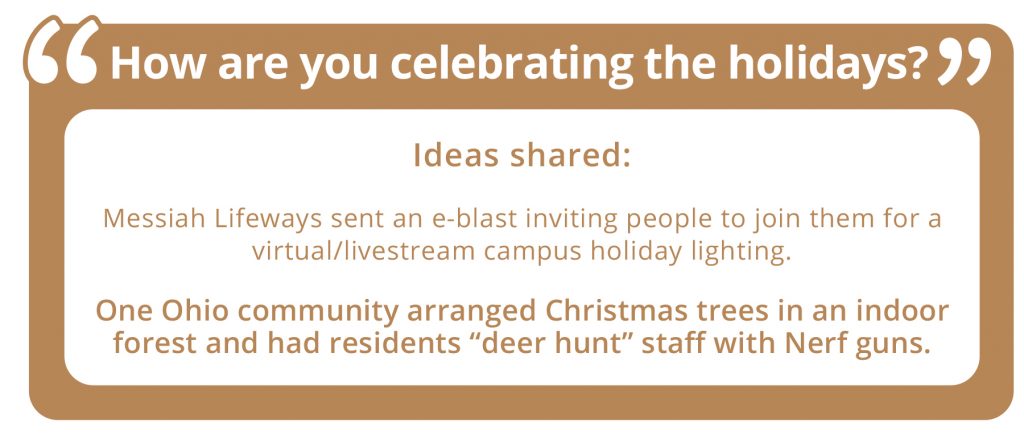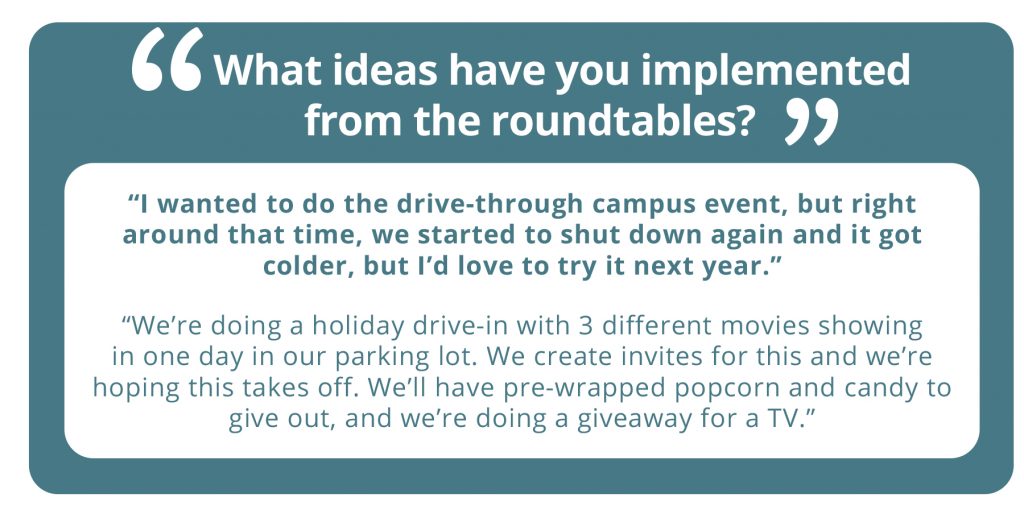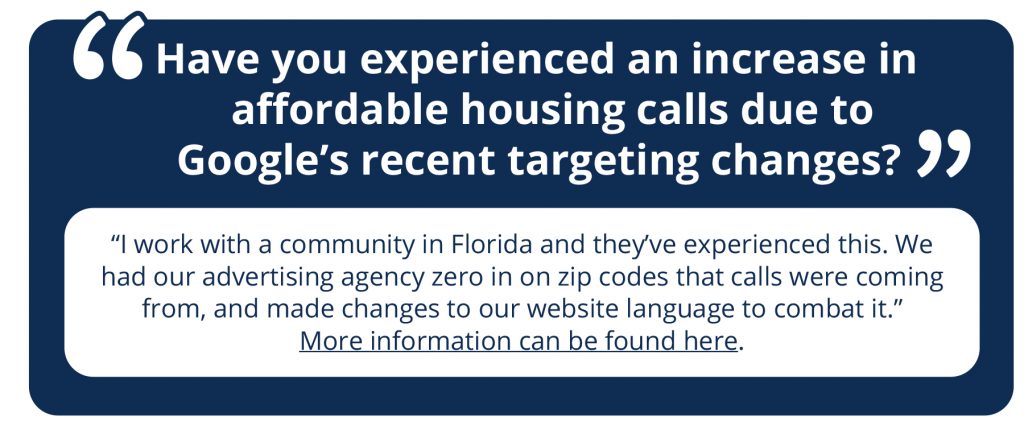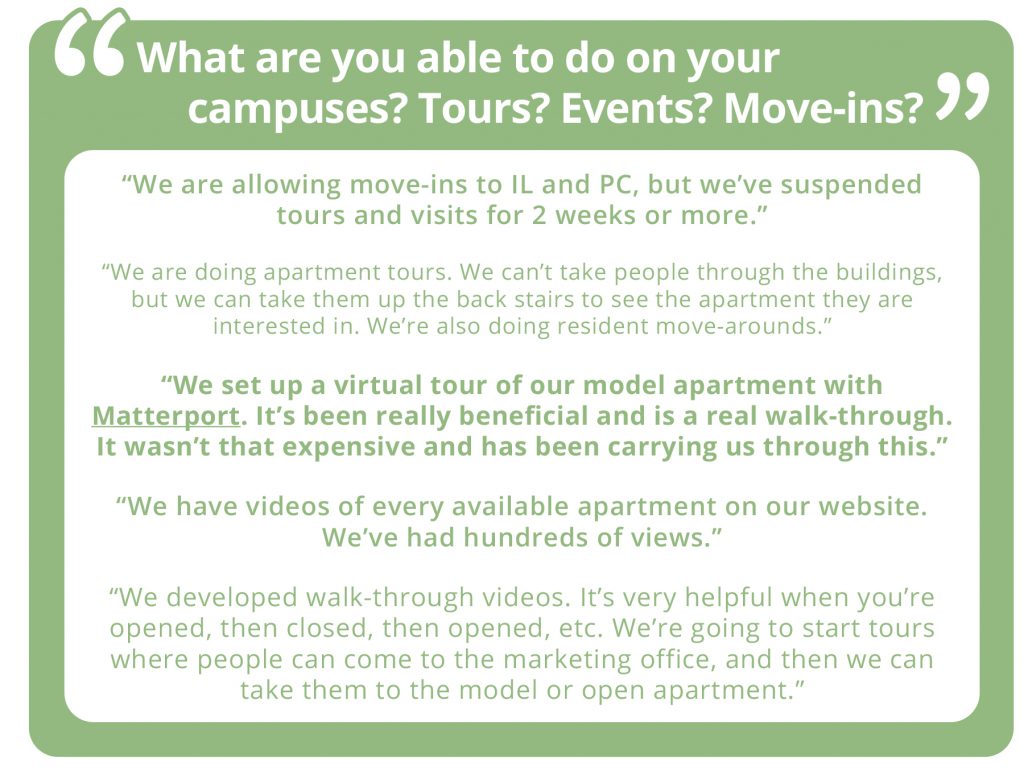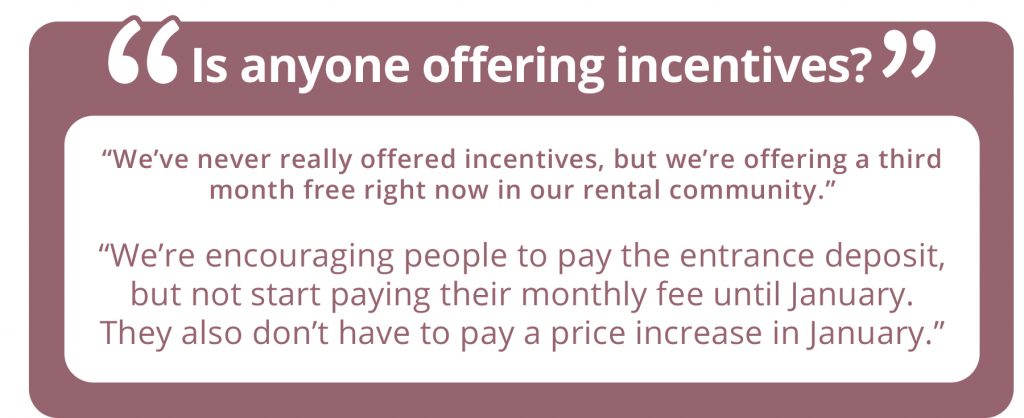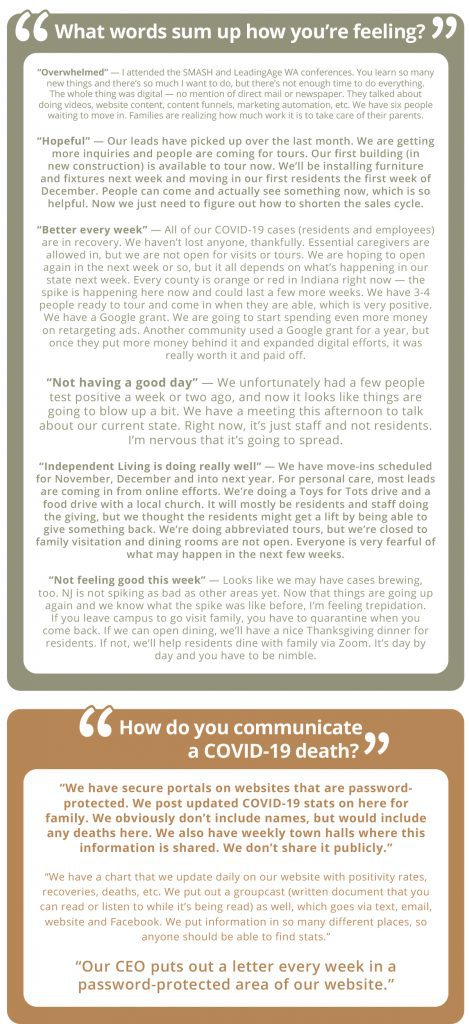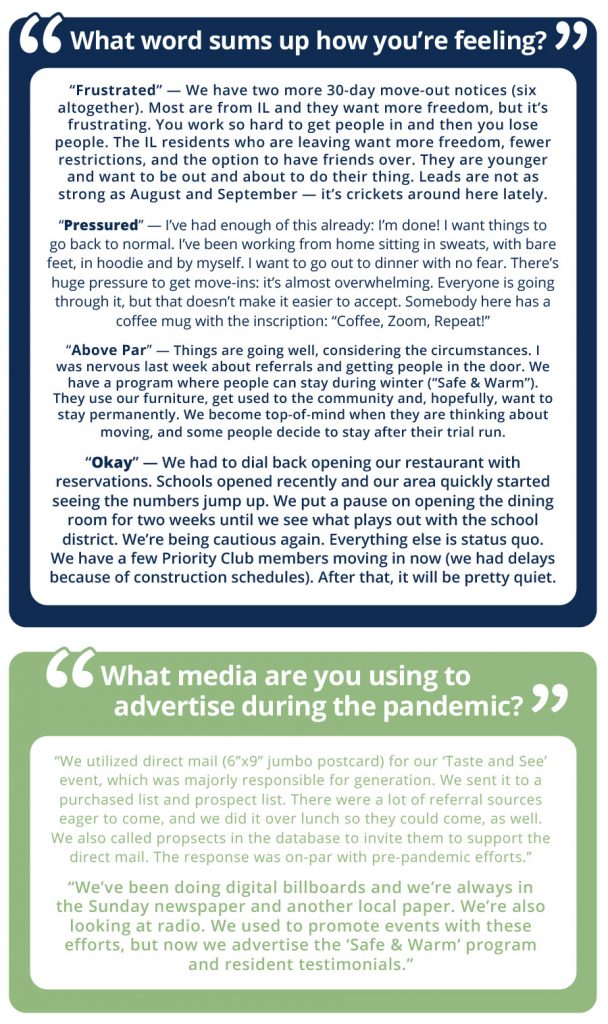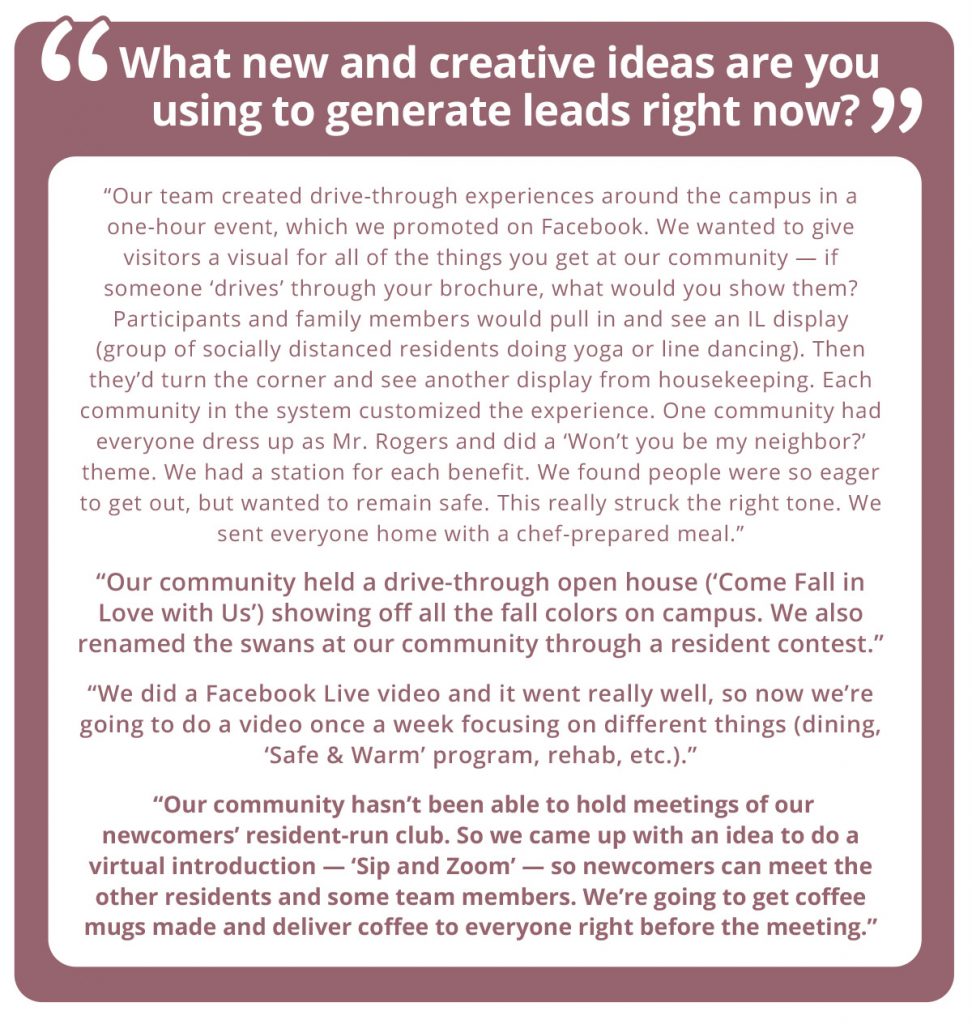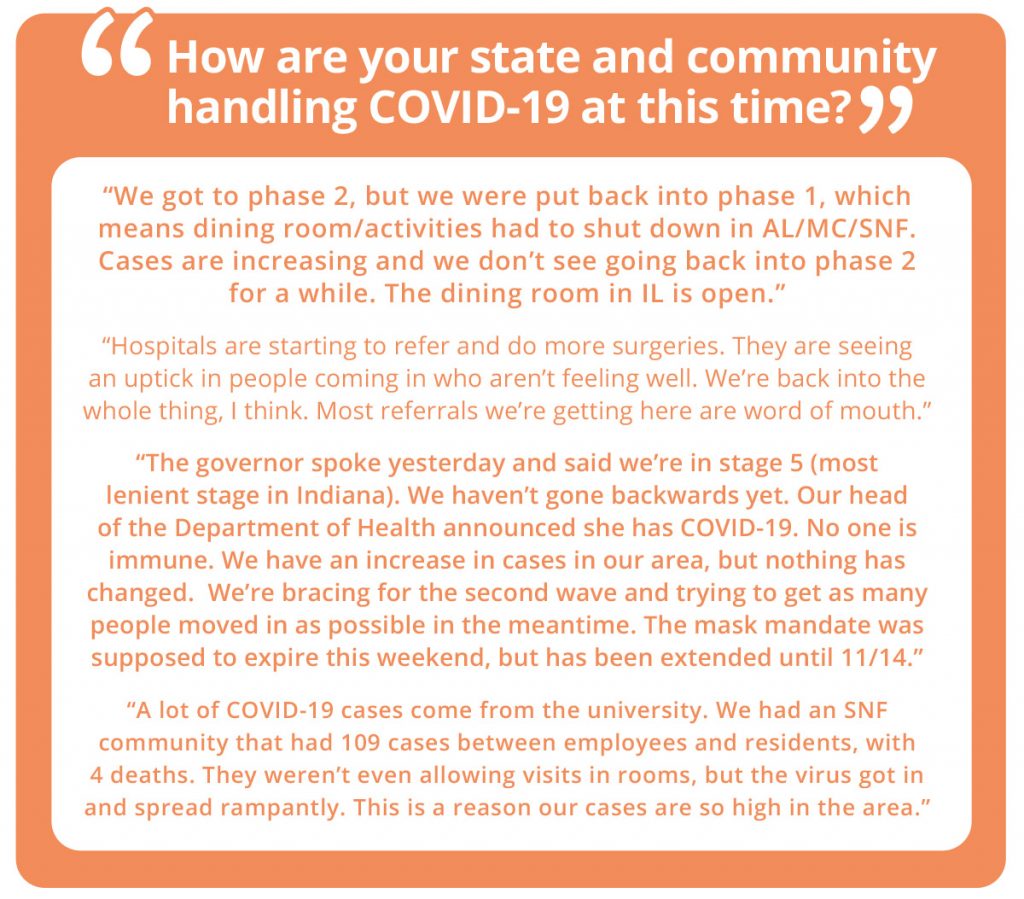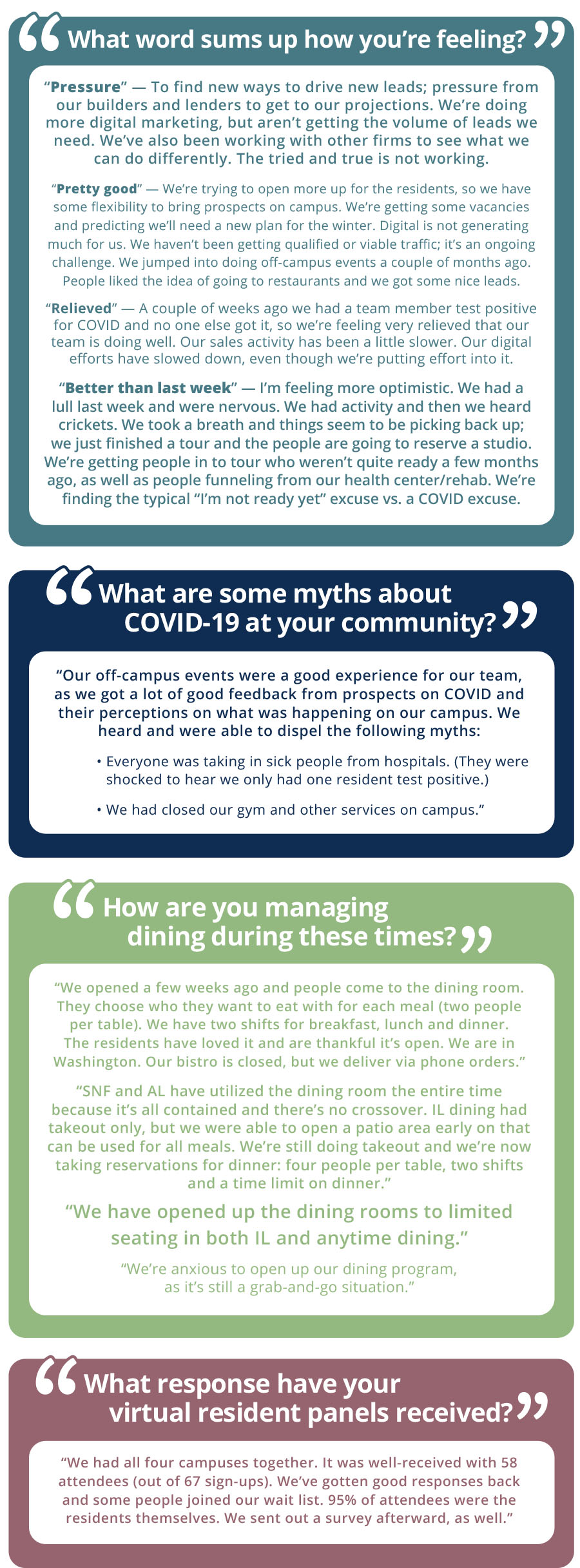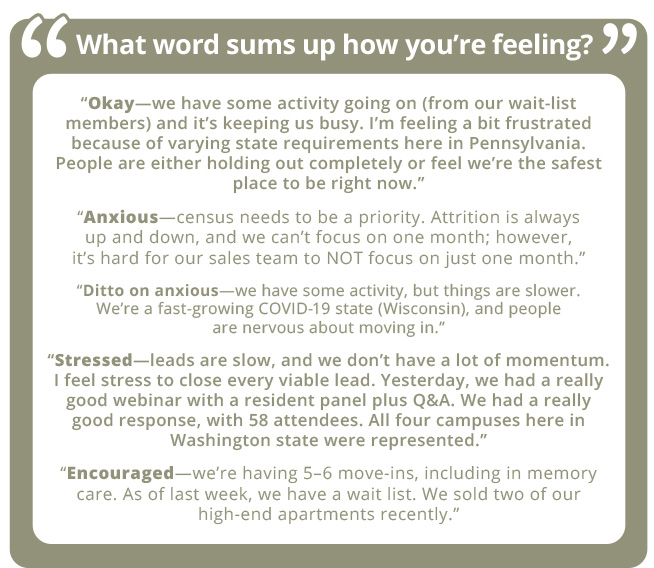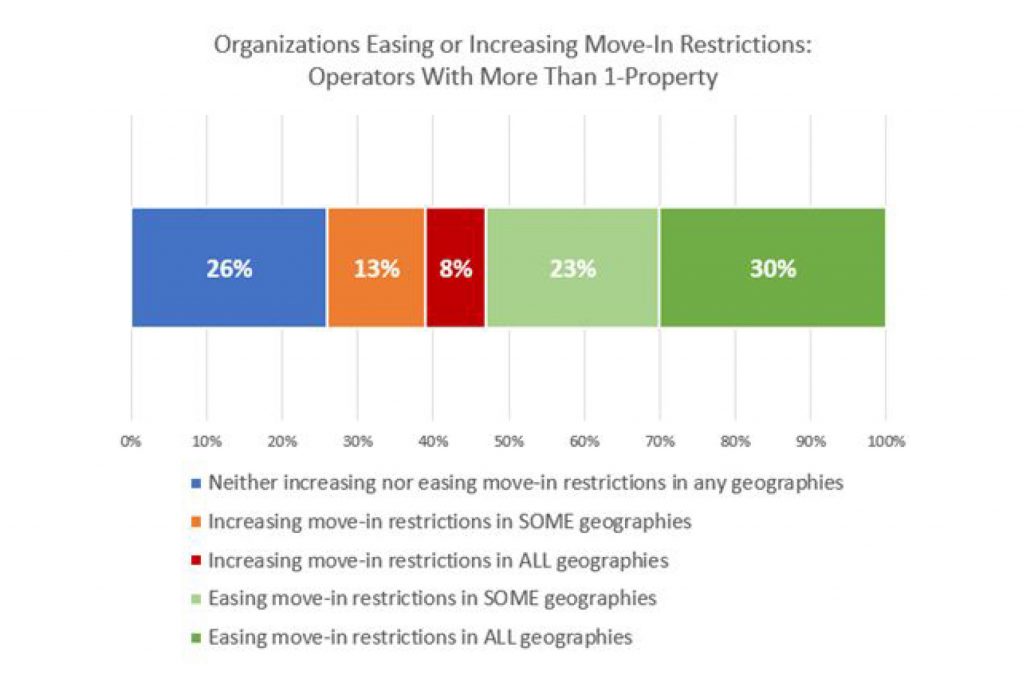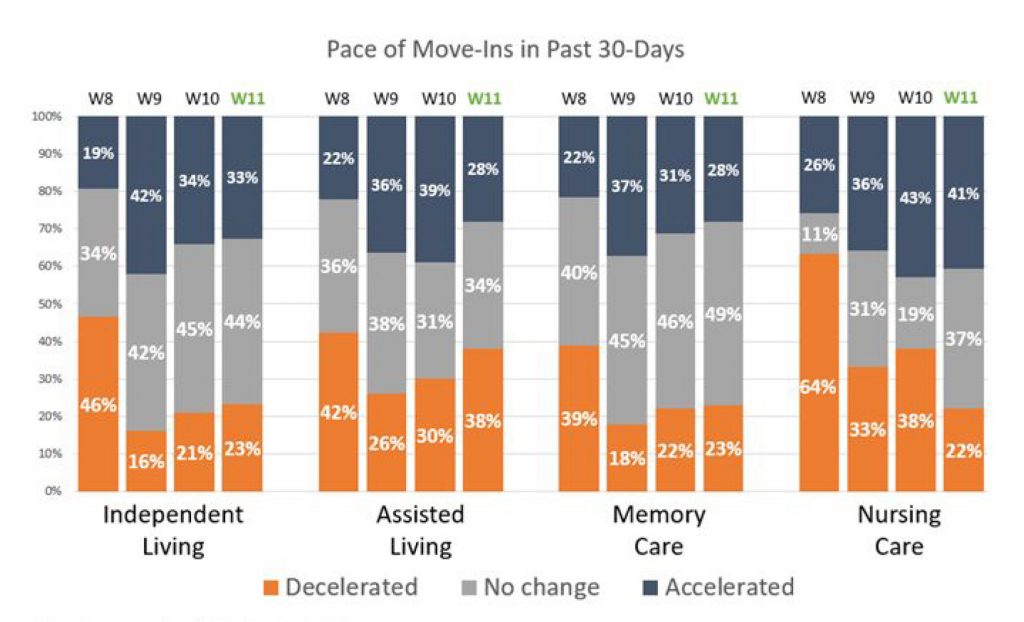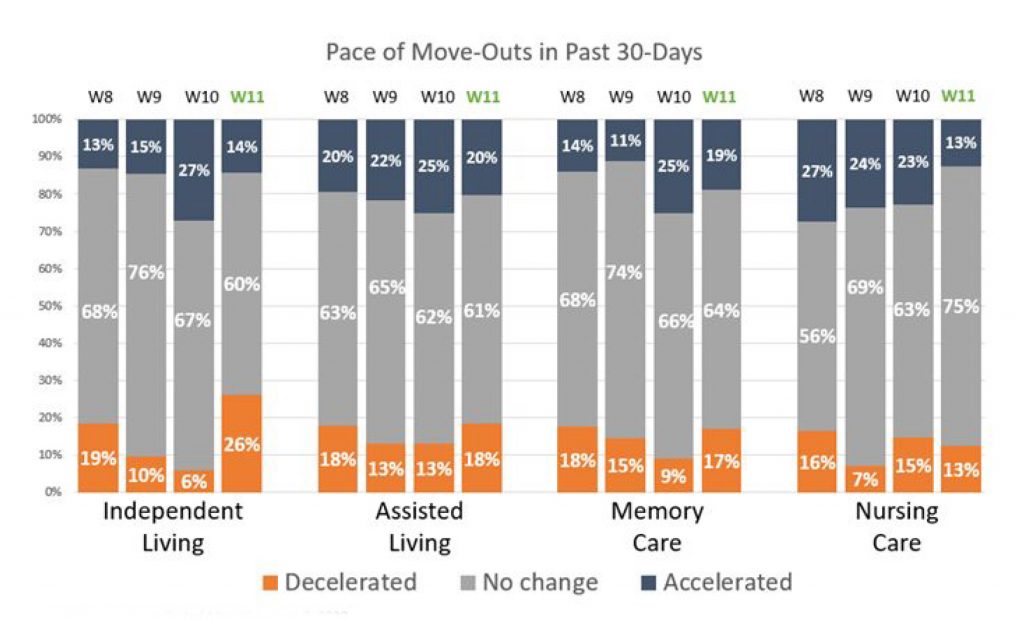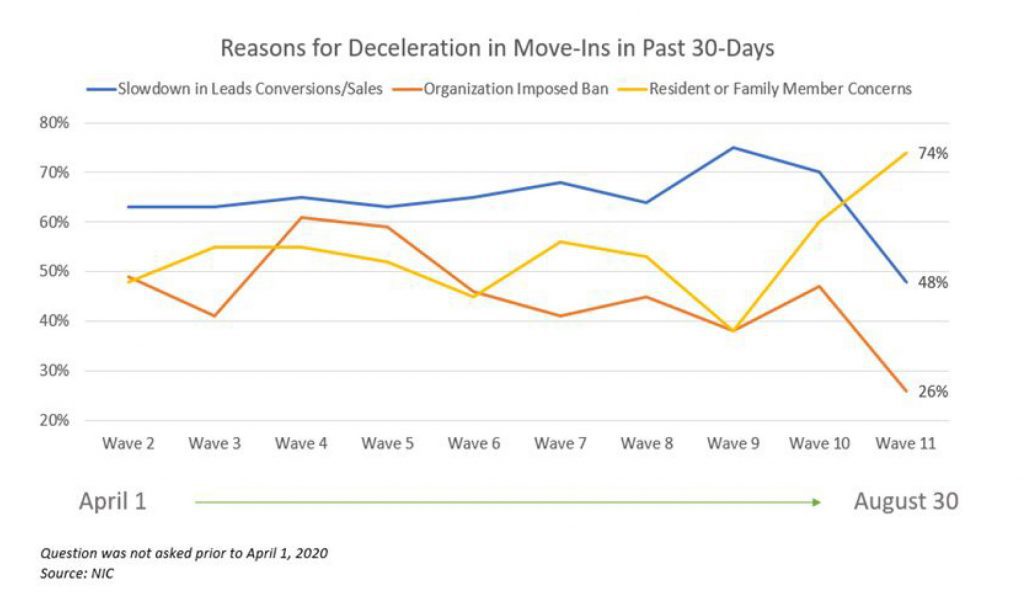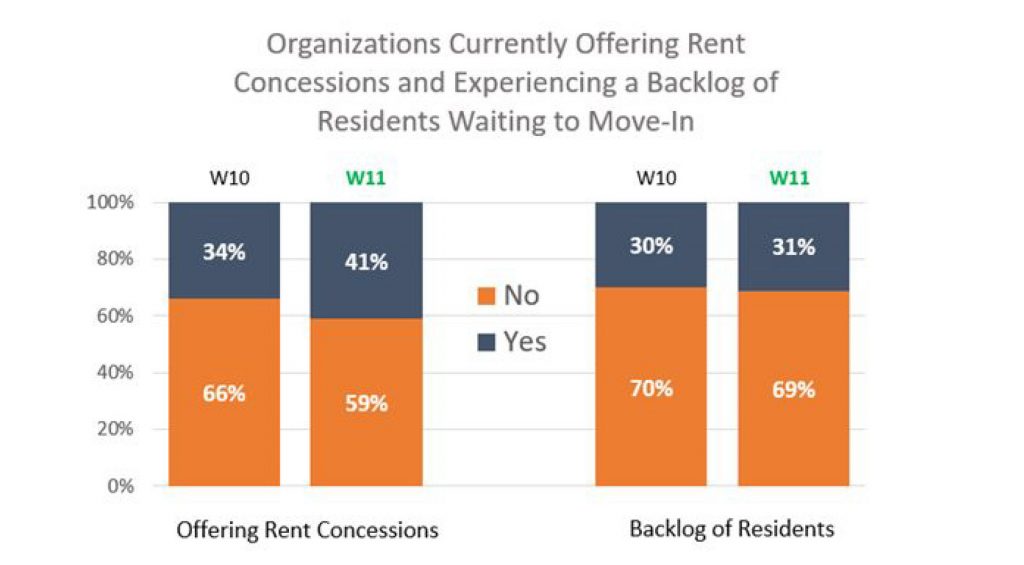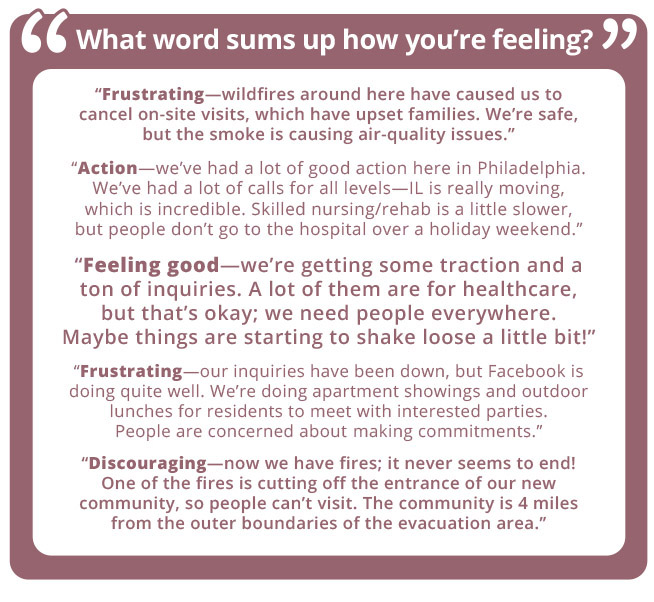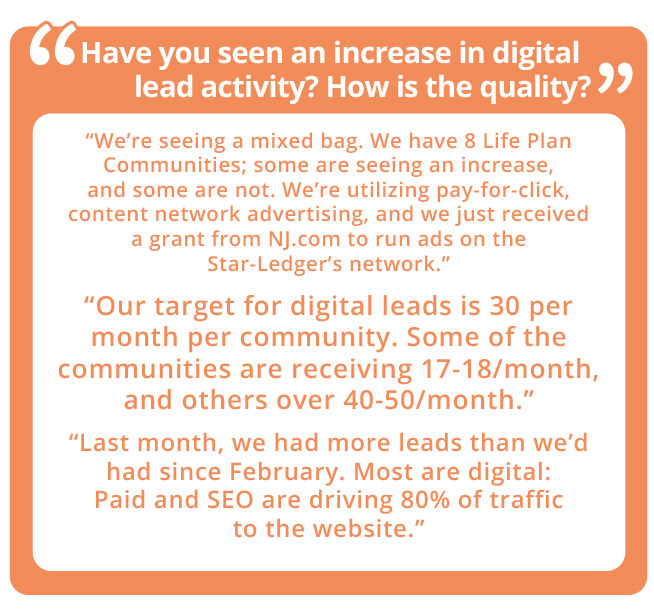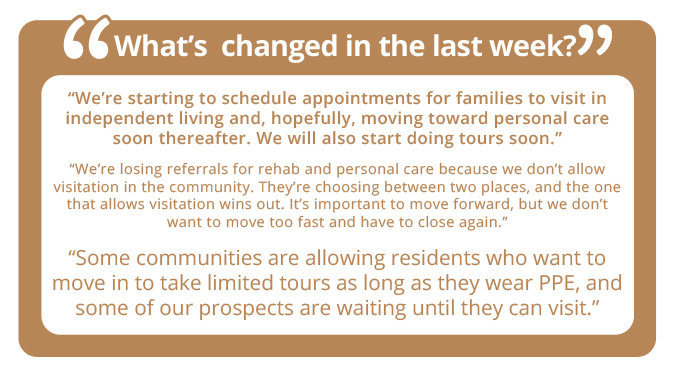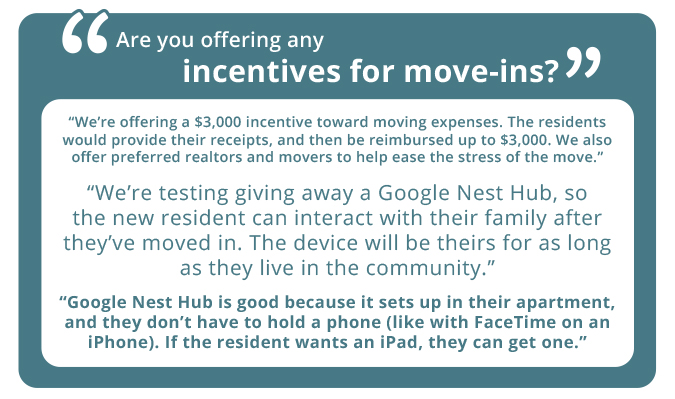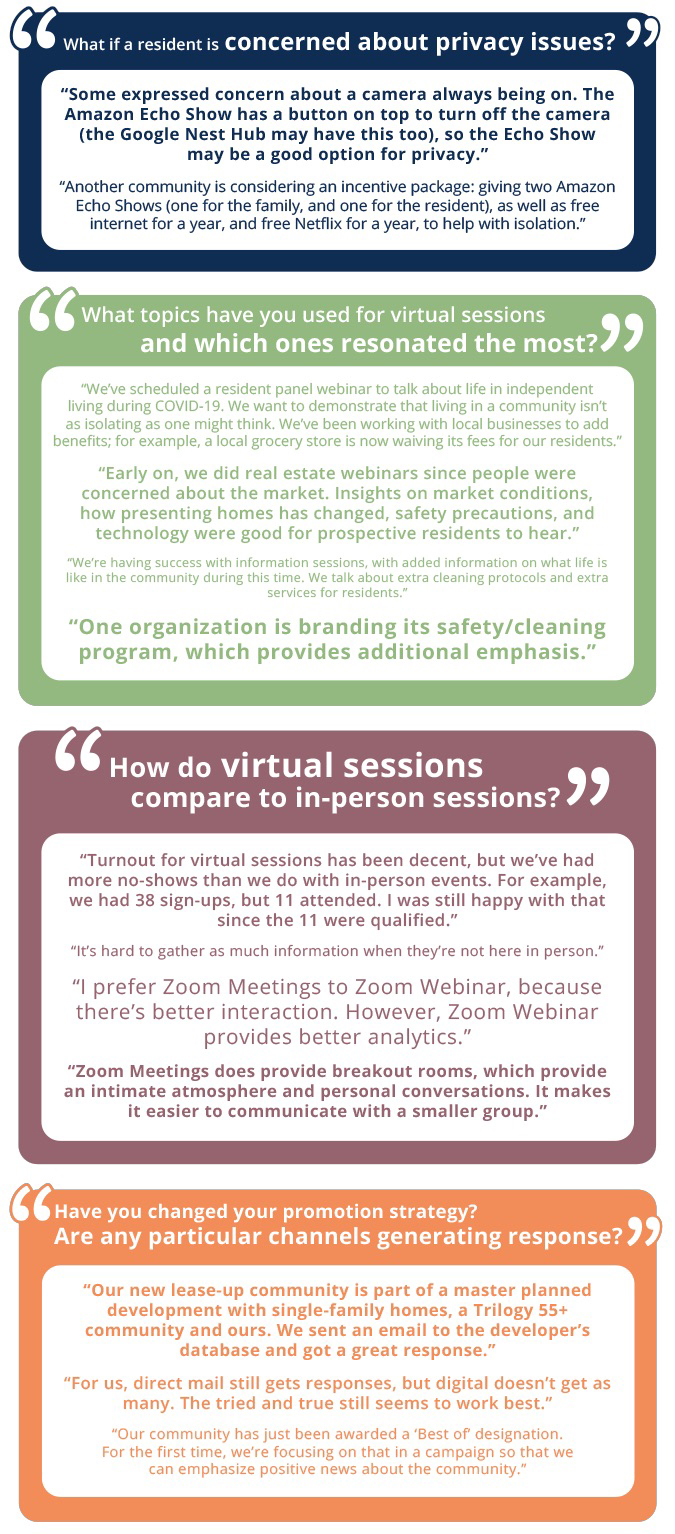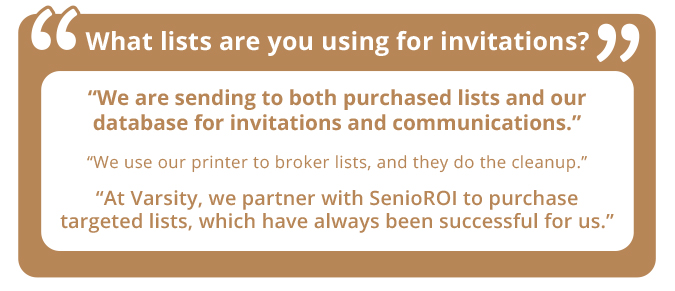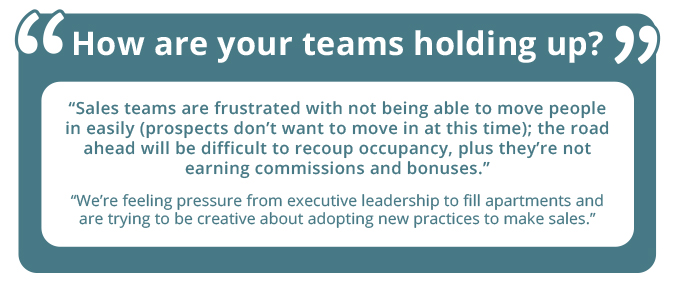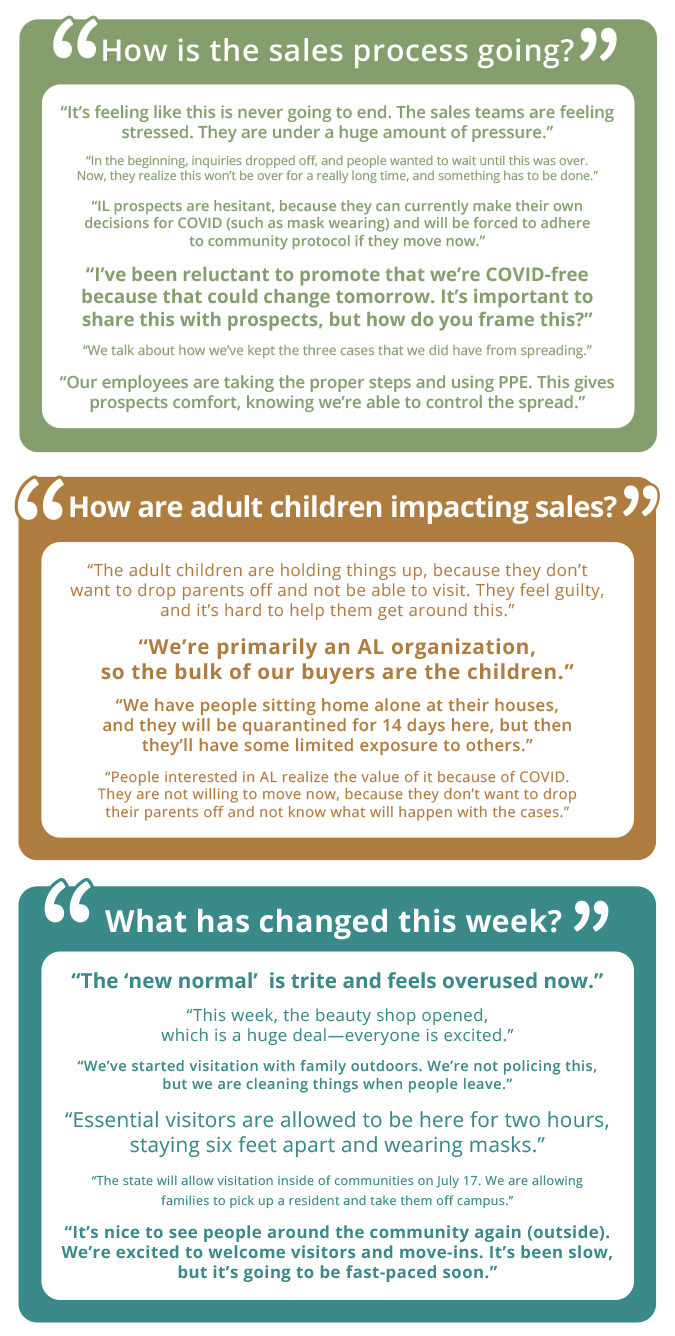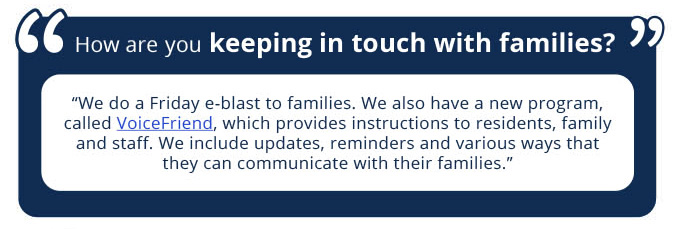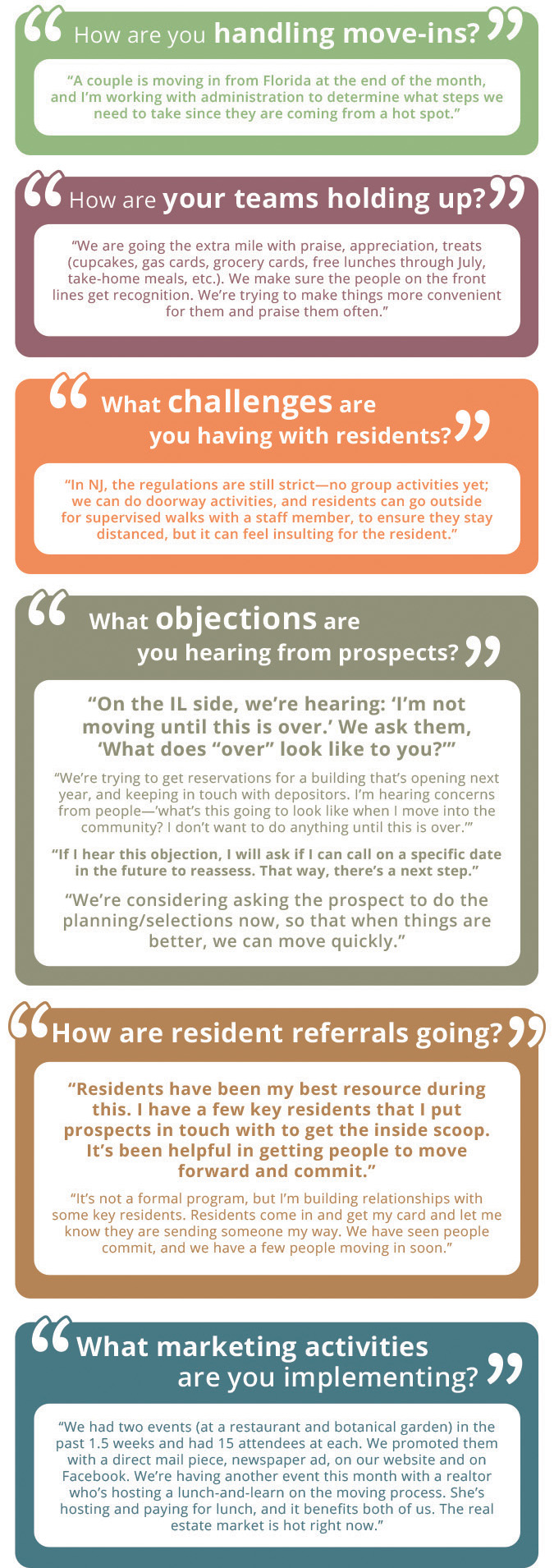Today, Stacy Hollinger Main, a partner and interior designer at RLPS Architects, is sharing a guest post on the latest trends in senior living design. RLPS is an award-winning firm located in Lancaster, Pennsylvania, that specializes in architecture and interior design for a variety of industries, including senior living, assisted living and dementia/memory care. Stacy has 28 years of design experience and has spent 21 of those years designing senior living communities at RLPS.
Here are some of the design trends I’m seeing in the senior living space right now:
Healthy design materials
During this time of the coronavirus crisis, it’s more important than ever to use products that safely combat the spread of bacteria in materials for flooring, door hardware, seating, etc. When we select products for our clients’ communities, we not only make sure that they can be easily maintained and cleaned, but that they include materials that aren’t harmful to people or the environment. One example is copper, a naturally self-sanitizing material that can be used in bed rails, door and cabinet hardware and other high-touch surfaces as a healthy alternative to harmful chemicals.
Flexible dining spaces
When we do renovations, we’re focused on flexibility. One trend is creating a bar that can be used as a breakfast spot in the morning, a smoothie bar midday (where residents can come after exercising) and a bar that can be used for happy hour or pre-dining gatherings in the evening.
In terms of seating, booths or banquettes are appealing because people feel they have their own zone. We can create intimate spaces with the appeal of a restaurant for a variety of seating and tables, rather than a sea of furniture that is all the same.
Region-specific design
Communities don’t want to look or feel like Anywhere, USA. They want to reinforce their brand and create spaces that feel relevant and resonate with seniors in their market area. We look at every aspect of our work to make sure that it reflects the vernacular design of the area. For instance, the artwork has to be authentic to the region. For a community we are working with in Florida, that means if we specify artwork featuring birds, they are indigenous to the west coast of Florida — not birds you might find in North Carolina. The designs we do for communities in Lancaster, Pennsylvania, aren’t going to look like the ones we’re doing in New Hampshire or Florida.
Holistic amenities
Another huge trend is pushing the limits on amenities. Instead of just a salon where you can get your hair done, clients want to see spaces that convey a multidimensional, holistic approach to wellness in every aspect of the environment.
Multiuse spaces
Spaces need to be very flexible — it’s important to get three or four uses out of them. For example, we created a theater room for a local community. The community doesn’t just use it for movie night; it uses it as a space to interact with other communities (playing competitive Wii bowling against each other), and it sets up equally well as a space for lectures and presentations.
Technology
With the rise of smart homes and intelligent design, the use of technology in senior living is already a major trend. I see technology being incorporated more and more into all levels of care. From an interior design perspective, that means making sure we’ve addressed how people can easily and comfortably connect to technology within their living spaces. Technology also provides opportunities for interactive artwork or screen savers for aesthetic appeal when a screen is not in use.
Look for another blog about Stacy Hollinger Main’s design work coming soon.
To learn more about the way RLPS interior designers work with you to create appealing spaces with lasting value, visit their website.
